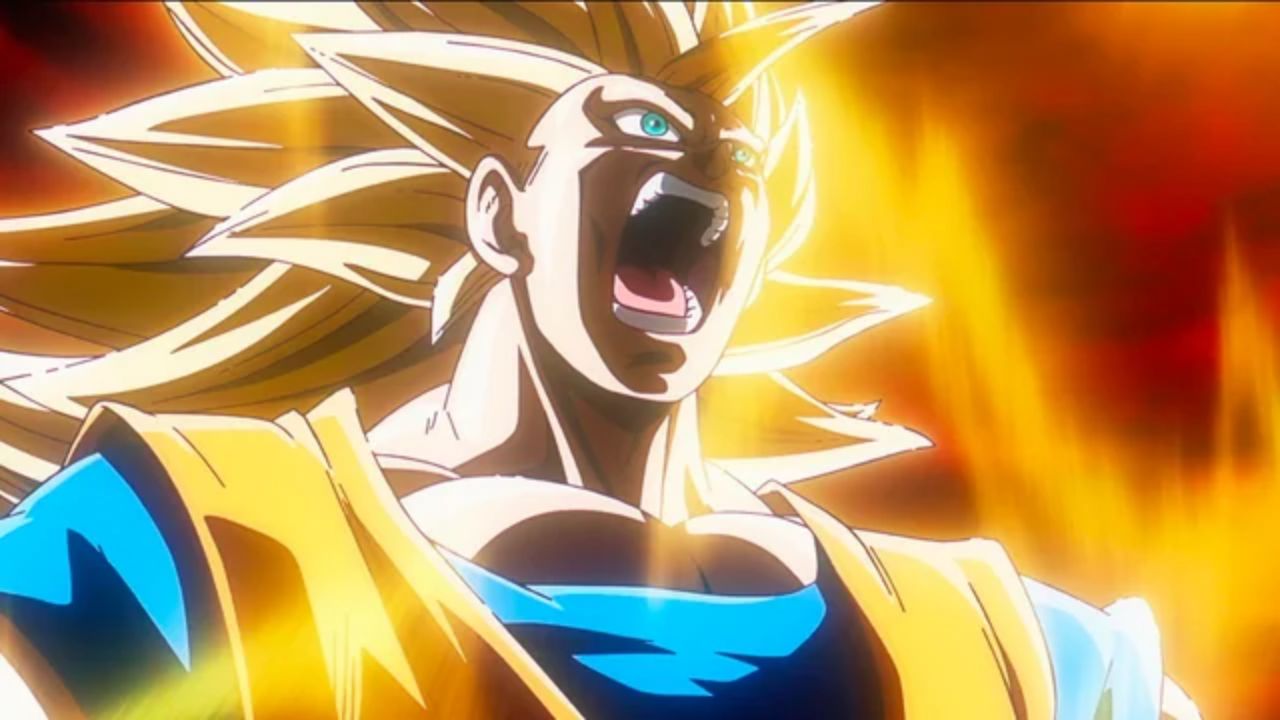Fuji TV, one of Japan’s leading television network, announced last week that it will discontinue its “Ka-Dora ☆ Eleven” drama slot by the end of this year and will dedicate the time to anime programming starting in 2026.
The half-hour drama slot, which aired on Tuesdays at 11 p.m. on the Fuji TV Network, was established in 2023 and often featured young idols from STARTO ENTERTAINMENT.
A source familiar with the matter told Sponichi Annex that the decision was made to shift to anime, a sector where profits are more reliably anticipated compared to the unpredictable success of television dramas.
This programming change comes as Fuji Media Holdings, the parent company of Fuji TV, reported a consolidated net loss of 20.134 billion yen for the fiscal year ending in March of this year. This was thanks to the scandal involving former talent Masahiro Nakai, which led to a mass exodus of sponsors.
According to reports from early 2025, over 75 companies, including major brands like Toyota, Nissan, and Kao, pulled their advertisements from the network.
Despite the overall financial struggles, Fuji TV’s anime development business has seen substantial growth, with full-year sales reaching 6.156 billion yen, a 54.6% increase year-on-year. This success has prompted the network’s shift in focus towards anime.
Fuji TV believes that while anime production costs are high, a successful series can generate revenue on a completely different scale than dramas or variety shows, with significant potential for international expansion, films, merchandise, and music.
“It costs money to produce, but if it becomes a hit, the sales will be orders of magnitude higher than those of dramas or variety shows. The hurdles for overseas expansion are also lower than those of dramas, and we can expect to make profits from a wide range of businesses, such as film adaptations, merchandise, and music.”
Commercial broadcaster on why anime is more easily profitable
The move is being spearheaded by the channel’s newly appointed president, Kenji Shimizu, who also assumed the presidency of Fuji HD in June. Shimizu has a strong background in anime, having produced popular series such as Dr. Slump – Arale-chan and Dragon Ball.
Back when Shimizu took charge at Fuji TV, there were rumors that he will shift the focus of the channel towards anime. The latest move signals that intent on Shimizu’s part.
It’s not just Fuji TV though. The broader Japanese television industry has been increasingly turning to the anime business as a source of revenue that extends beyond traditional broadcasting.
Additionally, Fuji TV also announced an organizational restructuring on July 10.
The anime division, previously part of the Programming General Bureau, has been elevated to the new “IP & Anime Business Bureau,” and its staff has been increased.
A station insider described this as a “personnel move that symbolized the Shimizu style.” With the restructuring, Fuji TV is looking to bank more on the
Fuji TV has a long and storied history of producing successful anime. The network’s anime programming dates back to the 1960s with shows like Astro Boy and Tetsujin 28-go. Over the decades, it has been home to nationally beloved series such as GeGeGe no Kitaro, Sazae-san, Heidi, Girl of the Alps, Urusei Yatsura, and Touch.
In more recent years, series like One Piece and Demon Slayer: Kimetsu no Yaiba have achieved global popularity. The network currently has 11 anime slots, including the popular late-night block “Noitamina.”

